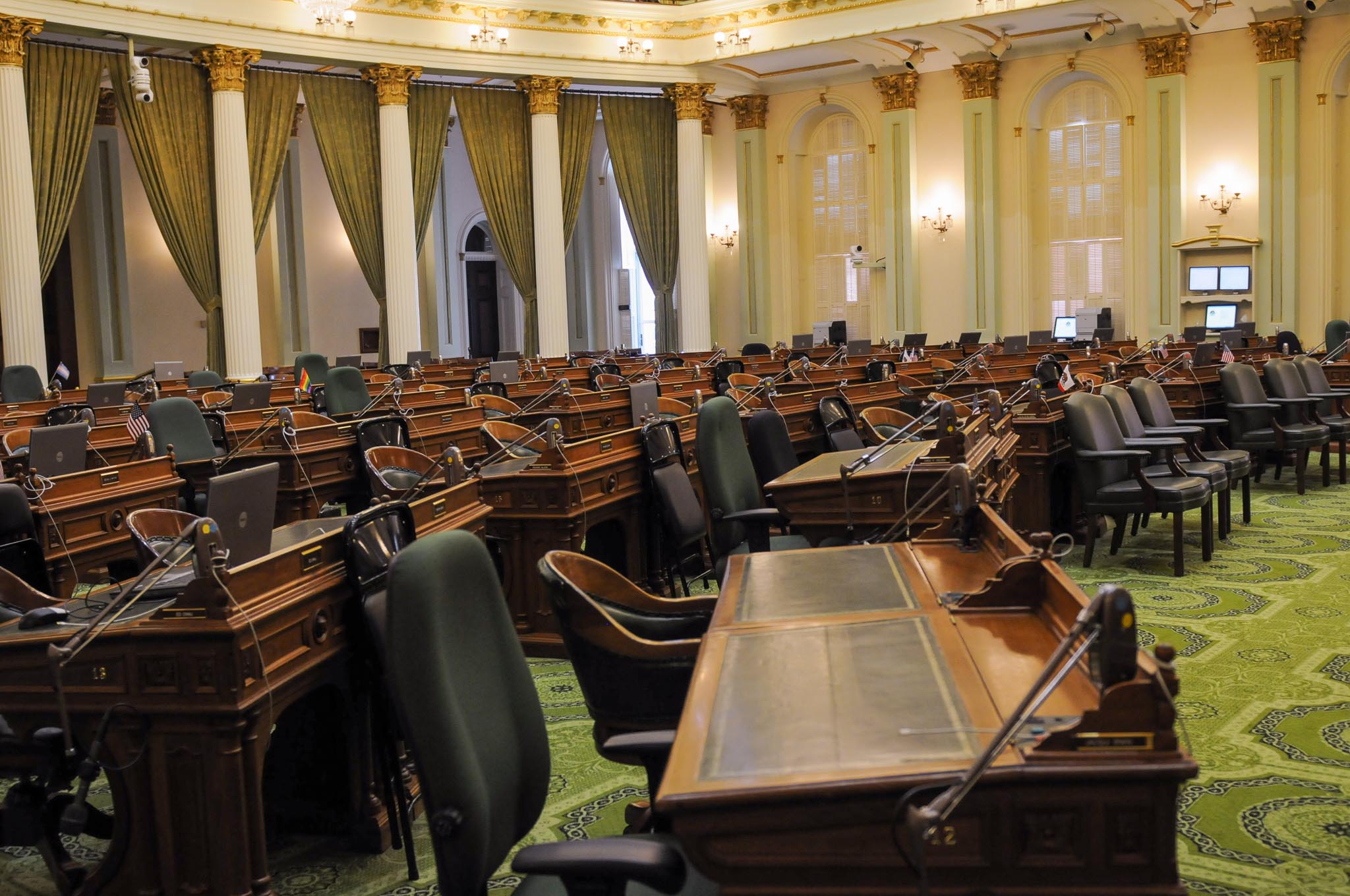
California State Assembly. (Photo: Kevin Sanders for California Globe)
Why Do Legislators “Move a Call”?
‘Moving a call’ is a parliamentary procedure
By Chris Micheli, September 15, 2022 6:05 pm
In committees and on the Floors of the California Legislature, after voting has occurred, but before the final vote is announced, the committee chair or presiding officer of a floor may be heard to say, “Assembly Member __ moves a call,” or “Senator __ moves a call.” What does that mean?
According to the Office of Legislative Counsel, “moving a call” is a parliamentary procedure that delays the announcement of the vote on a measure. The purpose of this procedure is to provide a legislator with additional time to gain more support or opposition to a bill. As would be expected, any calls must be “lifted” before the Assembly or Senate adjourns that day.
As further explained by OLC, a roll call vote in a committee or in an Assembly or Senate Floor Session, before that committee hearing or floor session has concluded, may be placed “on call” before the final vote has been formally announced. Members of the Assembly or Senate, in committee or on their respective Floors, may continue to vote or change their votes as long as the measure remains “on call.”
In most instances, a call is placed at the request of a bill’s author in an effort to gain additional votes. However, any Member can place a bill on call, such as an opponent who hopes to reduce the number of affirmative votes for a measure.
While a call can be lifted at the request of any Member at any time during a committee hearing or Floor Session, the call must be lifted before the end of the legislative day. In other words, a call cannot be carried over into the next legislative day.
- Sabotage Prevention Act - December 14, 2024
- Why Would the Legislature Request? - December 13, 2024
- A Different Type of Legislative Statement? - December 12, 2024





One thought on “Why Do Legislators “Move a Call”?”